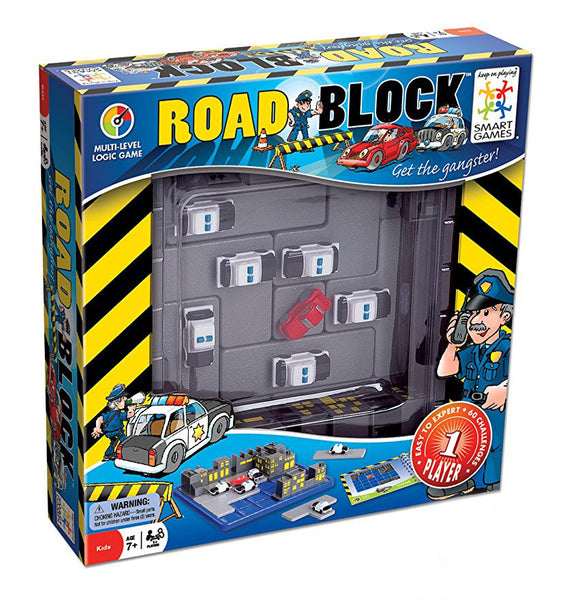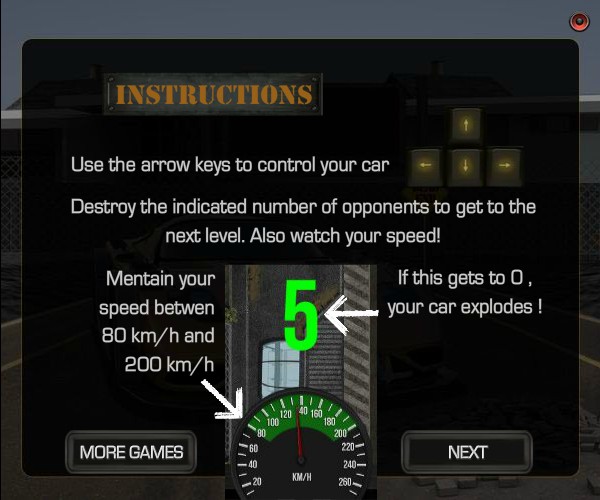

LiquidSky has one of better-designed interfaces for its VM. But others, like Blade's, which use collocated data centers, may face hardware resource constraints that's why they roll out so slowly. The problem of scalability remains, too - will they be able to ramp up hardware fast enough to maintain quality as demand rises? Nvidia probably can because its approach requires vastly less storage per person, as it doesn't store games after you log out and you can only play one at a time. And they still recommend wired controllers and wired Ethernet connections for PC and Mac rather than wireless, though I find 5GHz wireless can work well if you play at off hours. OnLive could do this eight years ago because cloud gaming systems offload the processing burden to the remote computer, and the only local processing that needs to be done, at a minimum, is essentially decoding the compressed stream being sent from the server and sending back keyboard, mouse and controller input - a job even cheap modern processors and internal GPUs can do quickly.īut that means these services' dependence on stable network bandwidth with low latency (how fast a data packet gets from the server to your device) remains as important now as it was then. GeForce Now runs a bandwidth test when you launch it. The pricing can get pretty complex, too, though Blade simplifies it by taking storage out of the equation your only current option is a relatively small 256GB SSD. ( Blade is still in preorder and hasn't rolled out on the east coast yet, so I haven't been able to use it.) The network problem remainsĪ powerful VM can be a relatively complicated gaming setup compared with GFN's restricted-selection, console-like experience, but the tradeoff is the ability to install and play any game you own or that you license from a DRM-management service like Steam, as well as the ability to run all your other applications.


In other words, you can start a game on one device and pick it up on another. You've been able to rent virtual machines with high-powered processors and graphics engines for gaming and to run workstation-class applications for a while, from services such as Parsec and LiquidSky.īut Blade raises the bar by pledging up to 16:9 4K/60fps or 1080/144fps - all other services currently limit you to 1080/60p - and the ability to almost seamlessly handoff to other devices running MacOS, iOS, Linux and Android as well as smart TVs and monitors via a small, relatively inexpensive Box accessory. virtual machines), which shows promise for advancing the state of the art.Ĭloud VMs aren't new. On the other hand, at CES this year, and subsequently, Blade announced rollout plans beyond France to the US and the UK for its Shadow service, rentable desktop systems running on shared server hardware (i.e. Although there are some free-to-play options, you can only play games you've licensed through Steam, and (recently added) Ubisoft. Nvidia GeForce Now has a small but quickly growing library of games for you to choose from. (More in my hands-on with GFN, coming soon.) And its official launch is as eagerly awaited. But there are signs of progress.Īt CES 2018, Nvidia boasted the same core capability as OnLive for its PC and Mac versions (now in beta) for its GeForce Now service - you can play games on a $200 laptop like it's a $2,000 gaming PC! It's less ambitious in scope than OnLive, mostly because there are already a ton of gaming social networks, but its philosophy is the same: cloud-based play from a select catalog of games. Fast-forward another three years, and we're still waiting for that future. When OnLive launched in 2010, it was heralded as an example of " the future of gaming." It died five years later. For cloud gaming, what's past is prologue.


 0 kommentar(er)
0 kommentar(er)
